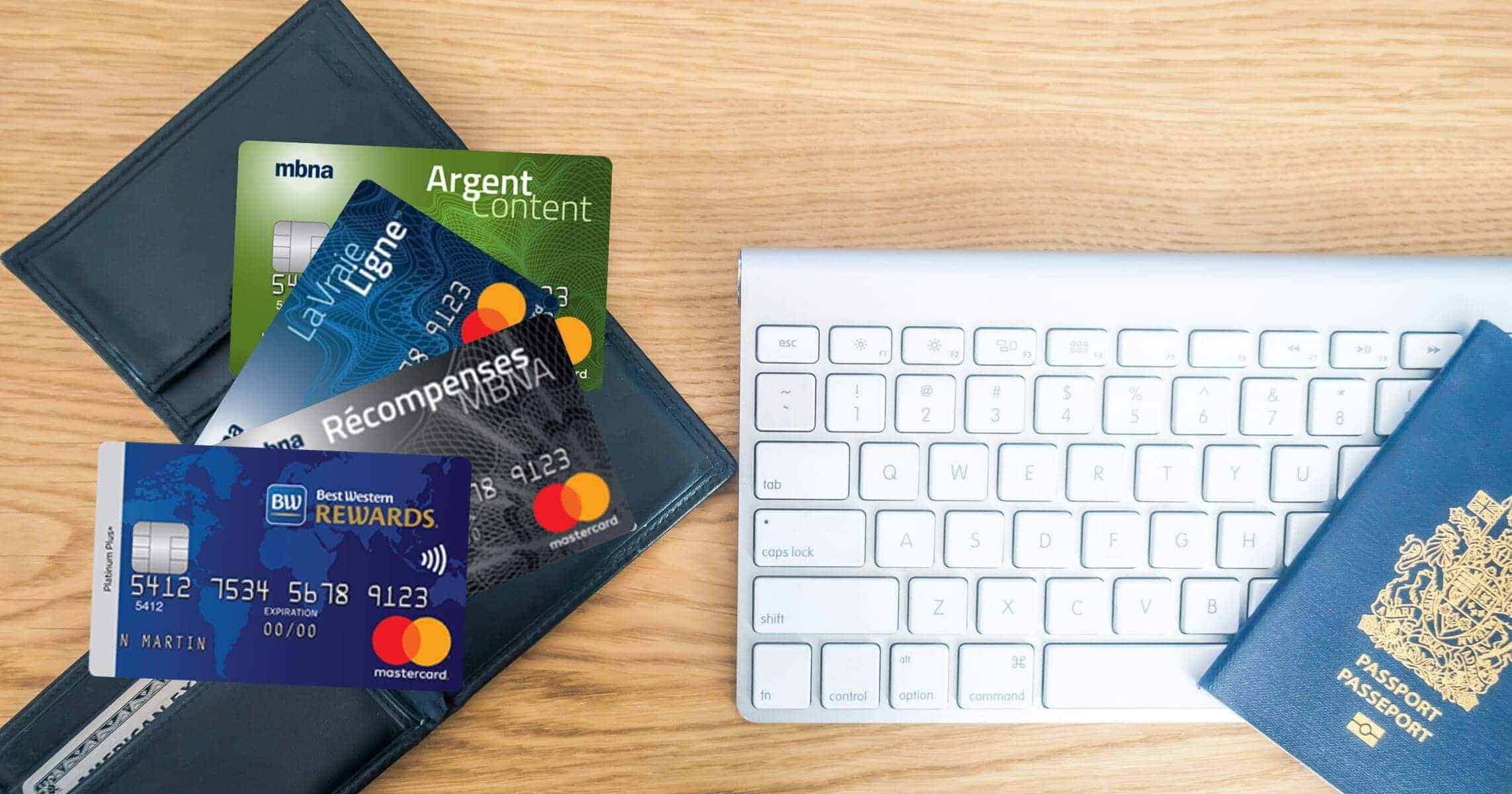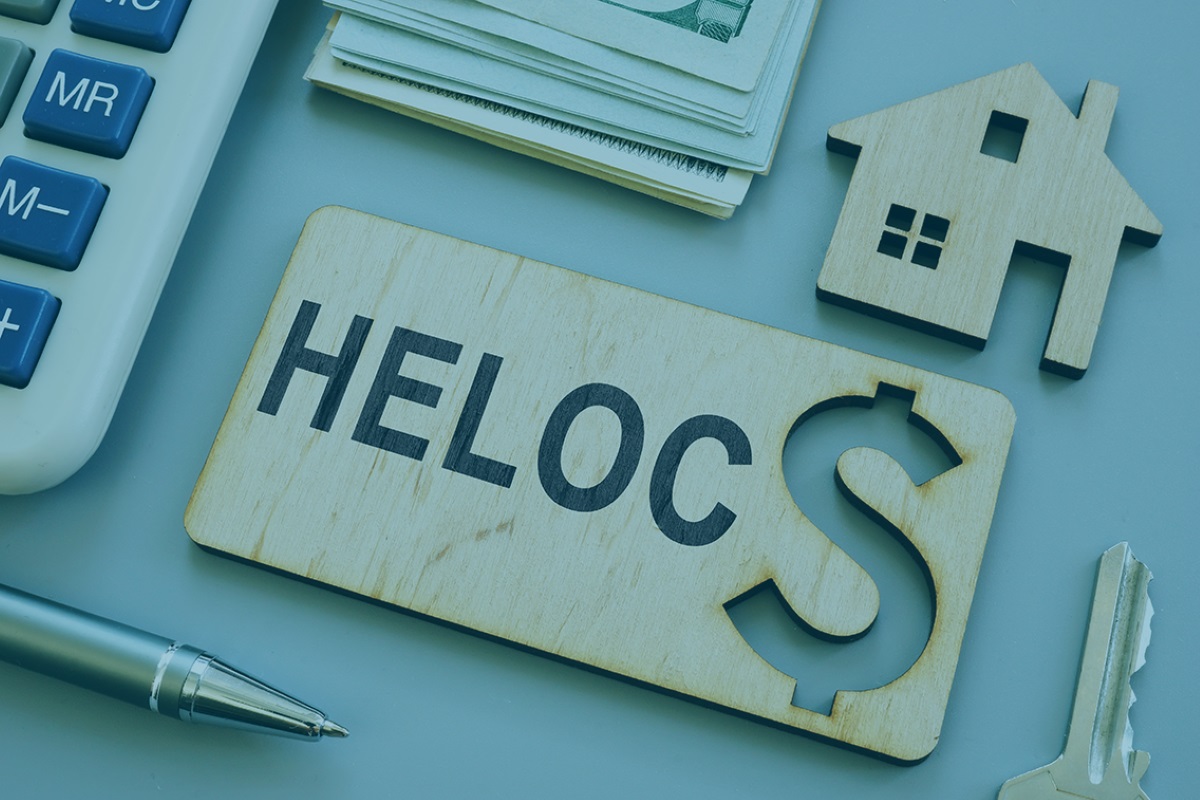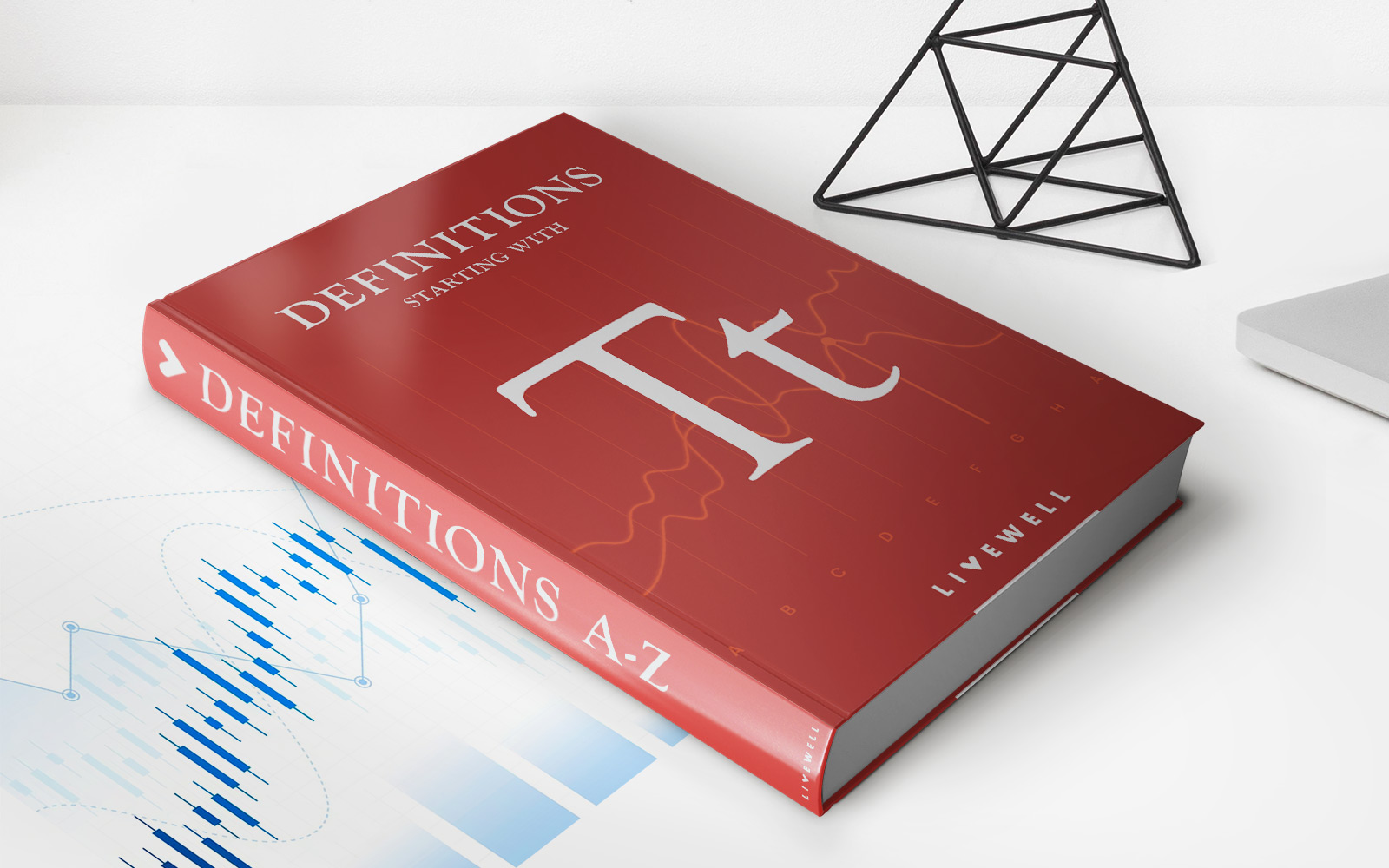

Finance
What Is The Minimum Payment For Barclaycard
Published: February 26, 2024
Learn about the minimum payment for Barclaycard and manage your finances effectively. Find out how to handle your credit card payments.
(Many of the links in this article redirect to a specific reviewed product. Your purchase of these products through affiliate links helps to generate commission for LiveWell, at no extra cost. Learn more)
Table of Contents
Introduction
Understanding the intricacies of credit card payments is crucial for maintaining financial health. When it comes to Barclaycard, one of the key aspects to comprehend is the minimum payment requirement. This article delves into the concept of the minimum payment for Barclaycard, shedding light on its significance and the factors influencing it. By the end, you’ll have a comprehensive understanding of why it matters and how it can impact your financial well-being.
Credit cards are ubiquitous in today’s world, offering convenience and flexibility in managing expenses. However, the ease of swiping a card often leads to overlooking the finer details of repayment. The minimum payment is the smallest amount a cardholder must pay by a specified due date to keep the account in good standing. While it might seem like a manageable obligation, understanding its implications is essential for making informed financial decisions.
This article aims to demystify the concept of the minimum payment for Barclaycard, emphasizing its relevance in managing credit card debt. By exploring the factors influencing the minimum payment and highlighting the importance of paying more than the minimum, this piece equips readers with valuable insights to navigate their credit card obligations effectively. Whether you’re a Barclaycard holder or seeking to enhance your financial literacy, grasping the dynamics of the minimum payment is an essential step towards achieving fiscal responsibility. Let’s embark on this enlightening journey to unravel the nuances of Barclaycard’s minimum payment requirements.
Understanding the Minimum Payment
At its core, the minimum payment represents the smallest amount a credit card holder must pay by the due date to fulfill the basic requirements of the card agreement. For Barclaycard users, this figure is calculated based on various factors, including the outstanding balance, interest accrued, and a percentage of the total balance. It’s important to recognize that the minimum payment is not a fixed amount and can fluctuate based on the cardholder’s spending behavior and the prevailing interest rates.
While the minimum payment may offer temporary relief by allowing cardholders to meet their immediate financial obligations, it’s essential to comprehend its long-term implications. By paying only the minimum amount, cardholders may incur substantial interest charges, leading to a prolonged repayment period and increased overall cost. This can potentially trap individuals in a cycle of debt if not managed prudently.
Moreover, understanding the composition of the minimum payment is crucial. It typically includes a portion of the principal balance, accrued interest, and any applicable fees. By grasping these components, cardholders can gain insight into how their payments contribute to reducing the overall debt and mitigating interest expenses. This knowledge empowers individuals to make informed decisions regarding their repayment strategy and avoid falling into the minimum payment trap.
Overall, comprehending the minimum payment for Barclaycard goes beyond meeting the basic financial obligation. It involves recognizing its implications on long-term debt management, interest accrual, and overall financial well-being. By delving into the intricacies of the minimum payment, cardholders can make informed choices that align with their financial goals and pave the way for responsible credit card usage.
Factors Affecting the Minimum Payment
The minimum payment for a Barclaycard is influenced by several key factors, each playing a pivotal role in determining the amount cardholders are required to pay. Understanding these factors is essential for gaining insight into the dynamics of credit card repayment and its impact on personal finances.
- Outstanding Balance: The outstanding balance on the Barclaycard significantly influences the minimum payment. As the balance increases, so does the minimum payment, reflecting the higher amount owed and the corresponding repayment obligation. Cardholders with larger outstanding balances can expect a proportionally higher minimum payment, underscoring the importance of managing credit card expenditures responsibly to avoid excessive repayment burdens.
- Interest Rate: The interest rate, often expressed as an annual percentage rate (APR), directly impacts the minimum payment. Higher interest rates result in increased interest charges, consequently elevating the minimum payment required to cover both the interest and a portion of the principal balance. By comprehending the interplay between interest rates and minimum payments, cardholders can evaluate the implications of carrying balances and strategize to minimize interest expenses.
- Payment History: Cardholders’ payment history can also affect the minimum payment. Late or missed payments may lead to penalty fees and a higher minimum payment in subsequent billing cycles. Maintaining a positive payment history is crucial for mitigating additional financial burdens and ensuring that the minimum payment remains manageable.
- Credit Limit Utilization: The utilization of the credit limit, or the percentage of available credit used, can impact the minimum payment. Higher credit utilization ratios may lead to an increase in the minimum payment, as it signals a higher level of indebtedness relative to the available credit. Managing credit utilization prudently can help in controlling the minimum payment amount and overall debt burden.
By recognizing these influential factors, Barclaycard holders can proactively manage their credit card obligations and make informed decisions to optimize their repayment strategy. Understanding how the outstanding balance, interest rate, payment history, and credit limit utilization interplay with the minimum payment empowers individuals to navigate their financial responsibilities effectively, ultimately contributing to sound financial health and responsible credit card usage.
How to Calculate the Minimum Payment
Calculating the minimum payment for a Barclaycard involves considering various components to arrive at the required amount. While the specific calculation may vary based on the credit card issuer’s policies, the fundamental factors typically include the outstanding balance, interest accrued, and a predetermined percentage of the total balance. Understanding the methodology behind this calculation is essential for cardholders to gauge their repayment obligations accurately.
The standard approach to calculating the minimum payment involves a combination of the following elements:
- Percentage of the Balance: Credit card issuers often set a minimum percentage of the total balance that cardholders must pay. This percentage, typically ranging from 1% to 3% of the outstanding balance, forms the foundation of the minimum payment calculation. As the outstanding balance fluctuates, the minimum payment adjusts proportionally based on this predetermined percentage.
- Accrued Interest: The minimum payment also encompasses the accrued interest on the outstanding balance. This ensures that cardholders cover the interest charges, preventing the balance from continuously growing solely due to interest accrual. By addressing the interest component within the minimum payment, cardholders contribute to reducing the overall debt and mitigating the impact of interest expenses.
- Additional Fees and Charges: In some cases, the minimum payment may include any applicable fees, such as late payment fees or over-limit fees. These additional charges contribute to the total minimum payment amount, reflecting the comprehensive financial obligation associated with the credit card account.
By understanding the components involved in calculating the minimum payment, Barclaycard holders can gain clarity on the factors influencing their repayment obligations. This knowledge empowers individuals to anticipate the minimum payment amount based on their spending behavior, outstanding balance, and prevailing interest rates, enabling them to plan their finances effectively and avoid potential pitfalls associated with paying only the minimum amount.
It’s important to note that while the minimum payment calculation follows a standard methodology, specific credit card issuers may have variations in their approach. Therefore, reviewing the terms and conditions provided by Barclaycard and staying informed about any updates to the minimum payment calculation is essential for maintaining financial prudence and making informed repayment decisions.
Importance of Paying More Than the Minimum
While meeting the minimum payment requirement for a Barclaycard is essential to avoid late fees and maintain a positive credit standing, it’s equally crucial for cardholders to recognize the significance of paying more than the minimum. Opting to pay only the minimum amount can lead to long-term financial repercussions, including increased interest costs, extended repayment periods, and potential debt accumulation. By understanding the benefits of paying more than the minimum, individuals can proactively manage their credit card debt and work towards achieving financial stability.
Reducing Interest Expenses: One of the primary advantages of paying more than the minimum is the potential reduction in interest expenses. By allocating larger payments towards the outstanding balance, cardholders can minimize the impact of compounding interest, ultimately saving on interest costs over the repayment period. This approach accelerates debt reduction and contributes to overall financial savings.
Shortening the Repayment Period: Paying more than the minimum enables cardholders to expedite the repayment process. By consistently allocating higher payments, individuals can reduce the time required to clear the outstanding balance, freeing themselves from the burden of prolonged debt obligations. This not only offers peace of mind but also aligns with prudent financial management practices.
Improving Credit Utilization and Score: A higher credit utilization ratio, resulting from paying only the minimum, can negatively impact credit scores. By paying more than the minimum and effectively managing credit card balances, individuals can enhance their credit utilization ratio, positively influencing their credit scores. This can open doors to better financial opportunities in the future.
Building Financial Discipline: Opting to pay more than the minimum fosters financial discipline and responsible spending habits. It encourages individuals to prioritize debt repayment, cultivate consistent saving practices, and exercise prudent financial decision-making, ultimately contributing to long-term financial well-being.
By acknowledging the importance of paying more than the minimum, Barclaycard holders can leverage this insight to navigate their credit card obligations effectively. Whether it’s reducing interest expenses, expediting debt repayment, improving credit scores, or fostering financial discipline, the benefits of exceeding the minimum payment underscore the value of proactive debt management and responsible financial conduct.
Conclusion
Understanding the minimum payment for Barclaycard is integral to responsible credit card management and financial prudence. By delving into the nuances of the minimum payment requirement, cardholders can gain valuable insights into its impact on debt management, interest accrual, and overall financial well-being. The minimum payment serves as a fundamental obligation, ensuring that cardholders meet the basic repayment requirements and maintain a positive credit standing. However, it’s essential to recognize that paying only the minimum amount can lead to long-term financial challenges, including increased interest costs and extended repayment periods.
Factors such as the outstanding balance, interest rates, payment history, and credit limit utilization significantly influence the minimum payment, underscoring the need for proactive debt management and informed financial decision-making. By comprehending the components involved in calculating the minimum payment and recognizing the benefits of paying more than the minimum, Barclaycard holders can navigate their credit card obligations effectively, ultimately contributing to sound financial health and responsible credit card usage.
Empowered with this knowledge, individuals can proactively manage their credit card debt, optimize their repayment strategy, and work towards achieving financial stability. By prioritizing prudent financial practices, such as paying more than the minimum, cardholders can mitigate interest expenses, expedite debt repayment, improve credit scores, and cultivate financial discipline. These efforts align with the pursuit of long-term financial well-being and reflect a commitment to responsible credit card usage.
In conclusion, the minimum payment for Barclaycard is not merely a financial obligation but a gateway to understanding the intricacies of credit card repayment and its implications on personal finances. By embracing this understanding and leveraging it to make informed financial choices, individuals can navigate their credit card obligations with confidence, paving the way for a secure financial future and prudent debt management.














